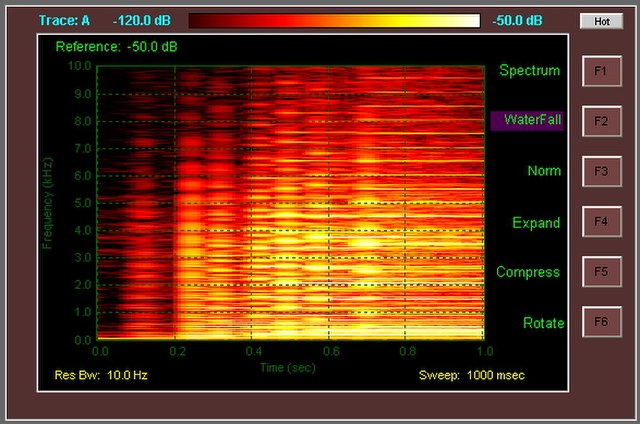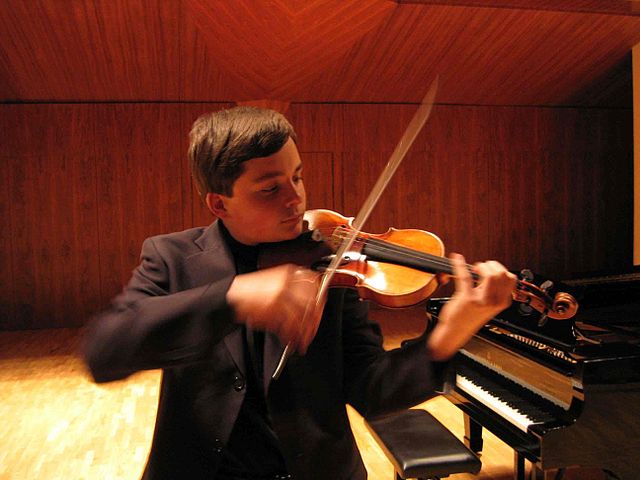Guido of Arezzo was an Italian music theorist and pedagogue of High medieval music. A Benedictine monk, he is regarded as the inventor—or by some, developer—of the modern staff notation that had a massive influence on the development of Western musical notation and practice. Perhaps the most significant European writer on music between Boethius and Johannes Tinctoris, after the former's De institutione musica, Guido's Micrologus was the most widely distributed medieval treatise on music.
Guido depicted in a medieval manuscript
Guido (left) showing Tedald the monochord, depicted in an 11th-century medieval manuscript
Image: Guido Aretino Florence
Image: Guido Monaco, statue
Music theory is the study of the practices and possibilities of music. The Oxford Companion to Music describes three interrelated uses of the term "music theory": The first is the "rudiments", that are needed to understand music notation ; the second is learning scholars' views on music from antiquity to the present; the third is a sub-topic of musicology that "seeks to define processes and general principles in music". The musicological approach to theory differs from music analysis "in that it takes as its starting-point not the individual work or performance but the fundamental materials from which it is built."
Barbershop quartets, such as this US Navy group, sing 4-part pieces, made up of a melody line (normally the second-highest voice, called the "lead") and 3 harmony parts.
Spectrogram of the first second of an E9 chord played on a Fender Stratocaster guitar with noiseless pickups. Below is the E9 chord audio:
A violinist performing
A Classical piano trio is a group that plays chamber music, including sonatas. The term "piano trio" also refers to works composed for such a group.








